Shin-Plasters and Brass Checks
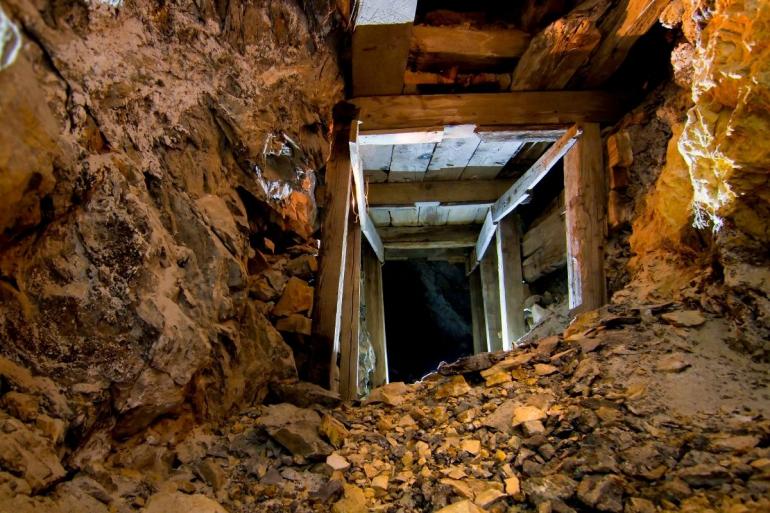
“You load sixteen tons, and what do you get? Another day older and deeper in debt. Saint Peter don’t you call me ‘cause I cain’t go, I owe my soul to the company store.”
Tennessee Ernie Ford had a million-seller with his 1950s recording of Sixteen Tons.By that time nearly 20 years had passed since it had become illegal to require miners to shop at stores run by the mining companies they worked for.
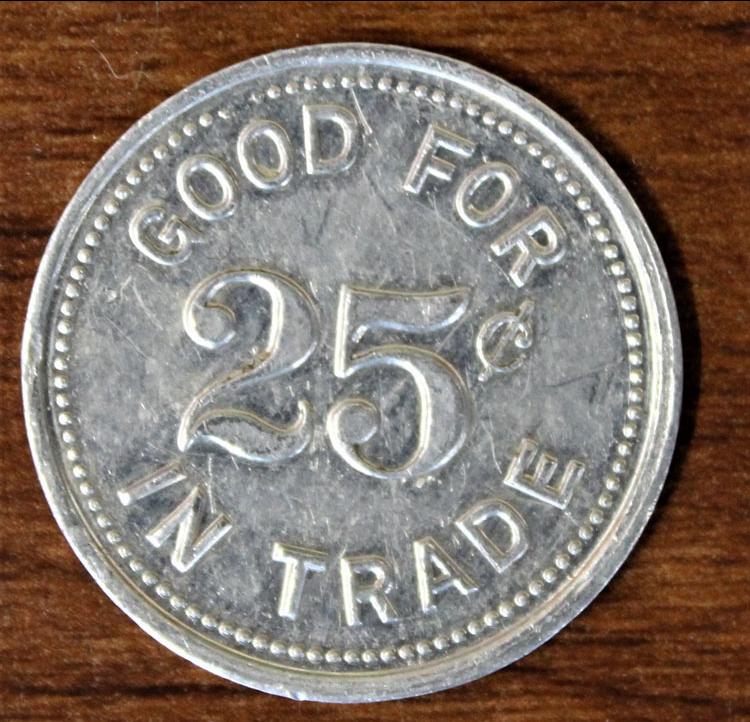
But what was the company store? Why was the miner in debt to it? Why did it become illegal and what does the song Merle Travis wrote about the coal mines of the East have to do with Montana history?
Mining camps were often bustling. Entrepreneurs were quick to follow the miners, eager to sell all manner of goods in exchange for the unrefined products of the miners’ toil. However, once Eastern capital began investing, the free enterprise spirit was often quashed. Isolated mining camps, populated by loggers as well as miners, often had nowhere to buy food, clothing, and other necessities except at stores run by the mining company itself. In itself, this would be a monopoly, but there was more to it.
The mine’s employees were often paid in “shin-plasters” and “brass checks.” A shin plaster was a derogatory name for paper scrip. Often of absurdly low denominations, they had the reputation of being as worthless as any slip of paper the men used as padding in their socks to keep their boots from rubbing on their shins. A brass check was a token issued by the management. Stamped with values ranging from a few dollars down to a single penny, they could only be spent at company stores. Some were actually brass, some were tin. A big company would have the company name stamped on it. An employee might be able to trade the scrip or token for actual cash, but at a hefty discount, losing as much as 35% on the trade.


Miners Take Hostages for Wages Owed
Though often independent by nature, miners were not reluctant to work together when necessary. A common threat met with common resolve. In February 1887, the mine at Gregory, roughly 25 miles from Helena, shut down. The town has virtually disappeared from Montana memory, though it was reported at one point to have produced as much as half a million dollars’ worth of bullion—nearly $13,500,000 in today’s dollars. The Gregory Consolidated Mining Company was owned by New York businessmen, including millionaire banker Joseph Seligman. He dispatched his son, A. J. Seligman, to attend to the closing down of the operation.
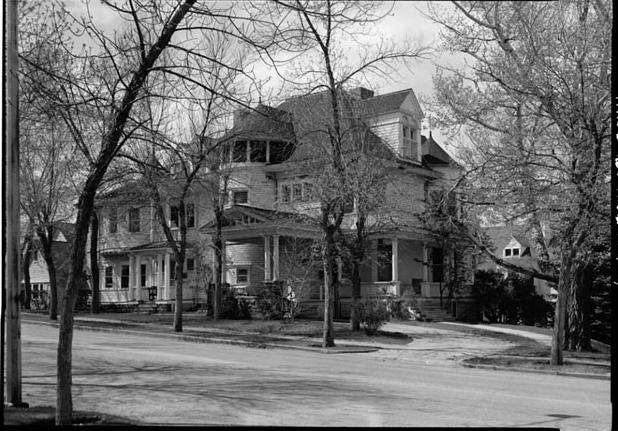
More than three hundred workers, miners, and loggers, were owed two months back pay, amounting to roughly $75,000. At roughly $4 a day, these were good wages, but it looked as if they might never be paid. When young Seligman arrived with three other officers of the company, the miners took them hostage. On a somewhat surprising note, the miners voted to close every saloon to forestall any untoward alcohol-fueled incidents.
Three of the hostages were soon released. Among them was H. W. Child, general manager of the mine. Child would go on to become the founder and president of the Yellowstone Park Company.
Only Seligman’s son was held for security. He telegraphed his father in New York that if the company did not pay the men he would not answer for the consequences or for the protection of the property or himself. The miners gave him the freedom of the camp on his promise not to attempt to escape. His father soon telegraphed the payment (through a Helena bank) and he was released.
Time and success gave Child more and more credit in the resolution of the crisis. By the turn of the century he was credited with obtaining $250,000 in back pay for the workers and returned with it from Helena, foiling robbery attempts on the way.
In a final bit of irony, Joseph Seligman ultimately had to sue his three business partners to be reimbursed for their share of the payment.
Had the men been regularly paid in scrip, they might have ended up with nothing but scraps of paper to pad their socks.
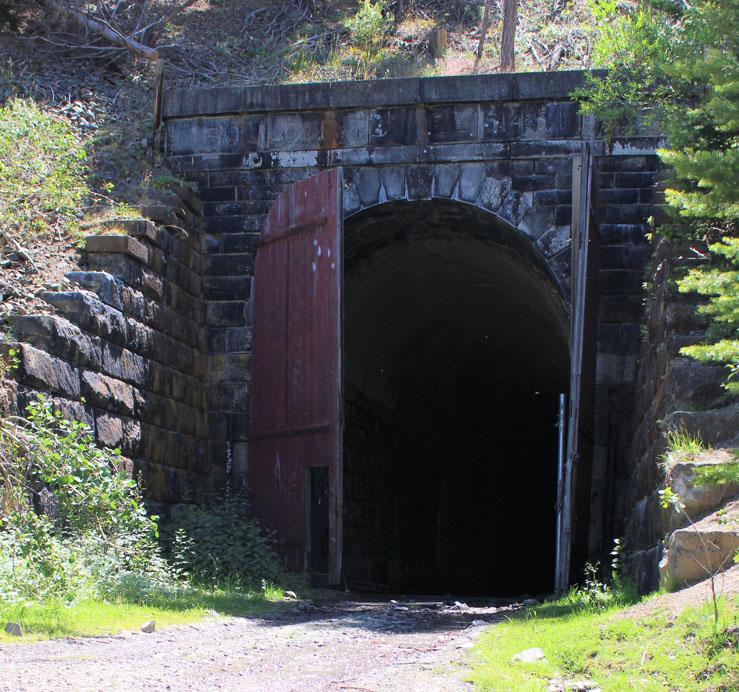
Many early records of the Gregory mine were lost in a fire, but it is estimated that the mine produced 1,381 ounces of gold, 66,655 ounces of silver, 38,470 pounds of copper, 862,370 pounds of lead, and 132,563 pounds of zinc. The best way to “see” Gregory today is through the archives at the Montana Historical Society. The abandoned mine site has been cleaned up, and trees have begun to hide the tailings. A drive southeast from Jefferson City near Helena passes by a photogenic kiln and then, as the road becomes rougher, arrives at the Wickes tunnel. After that point, the road varies between rough and ridiculous.
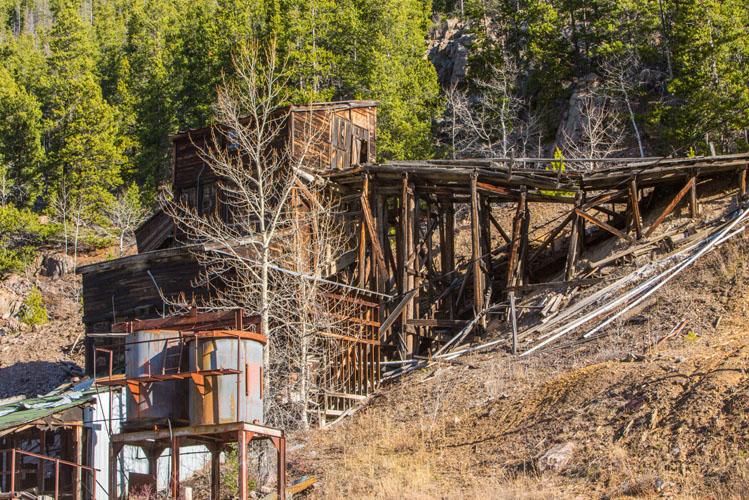
Neihart: A Town United
“Oro y Plata”—gold and silver—is the Montana State Motto, and while gold drew thousands of miners to the territory, silver drew many others, especially when the placer mining days were waning and hard rock mining came into prominence.
Roughly halfway between Great Falls and White Sulphur Springs on Highway 89 is Neihart. The mines surrounding it were so rich that for two years in the early 1880s, ore was shipped by wagon to Fort Benton and then sent to Swansea, Wales for processing.
More of a community than the gold camp at Gregory, it had its own newspaper, the Neihart Herald, which documented the town’s revolt against the company store system.
In May, 1895, the lead story began, “When the members of Belt Mountain Miners’ Union resolved to trade no more at the company store, they did so in the name of justice and right… “The fact is plain that Neihart will not endure the company store. Her proud people who have labored side by side for these many years are willing to fight side by side... If we do not prosecute that fight, if we do not expose this evil in all its monstrous hideousness, it will be because the editor and the whole office force drop dead before the tale is told. We are with the miners and with the citizens.”
The editor filled the pages with exhortations to stand firm, though the temptation to shop at the company store’s low prices was no doubt great. He added, “If a man thinks he can secure better bargains at the company store than at the other shops, let him pause and reflect upon what he will have to pay for those goods when every competing merchant is driven out, and only the devil fish remains. We cry, ‘DOWN WITH MONOPOLY.’”
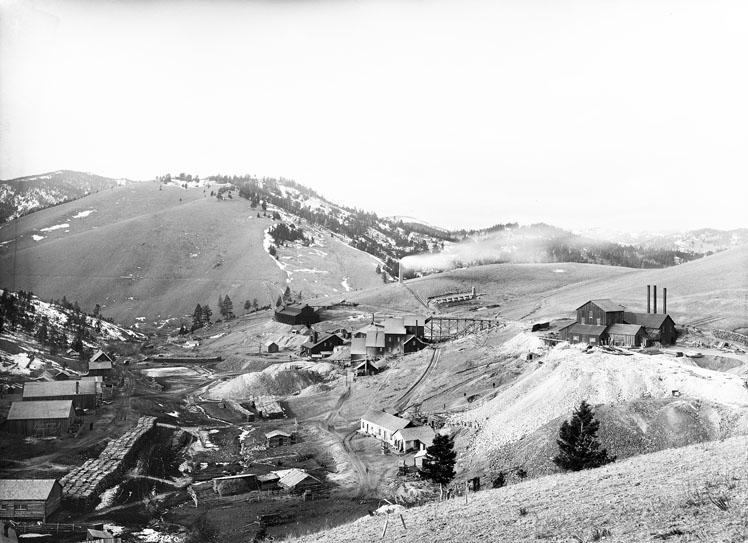
The conflict was not as easily resolved as the Gregory hostage situation, but in June, the editor was able to quote supporting editorials from other Montana newspapers. The Glendive Independent wrote, “The NEIHART HERALD, backed by the miners, is making a gallant fight against the “Pluck-me-stores.” Go at them with vim and vigor.” The Billings Times reported that several citizens of the town, including the editor, had been served with injunctions to hold their peace and quit expressing their opinions. The editor of the Neihart Herald responded that Judge Armstrong will have to enjoin the whole town in order to check the popular outcry.”
By August, it appeared that the miners had won. The Glasgow Record reported “The company store and boarding house [at Neihart] against which such a bitter fight has been waged, have closed their doors, and laborers are at liberty to do business with whom they wish.”
It must be noted that stories about mining in Montana must always be read with a healthy degree of skepticism. A case in point is the tear-jerker which appeared in the Butte Miner in 1900:
“Sad Story of a Wife,” An Anaconda Woman Relates Her Experiences With the Company Store.
Husband Lost His Job Because His Wife Bought Shoes at Another Store—Unable to Meet Payments on Their Home—Death of Only Boy—Apologized to Manager—Thirteen Hours for $2.50
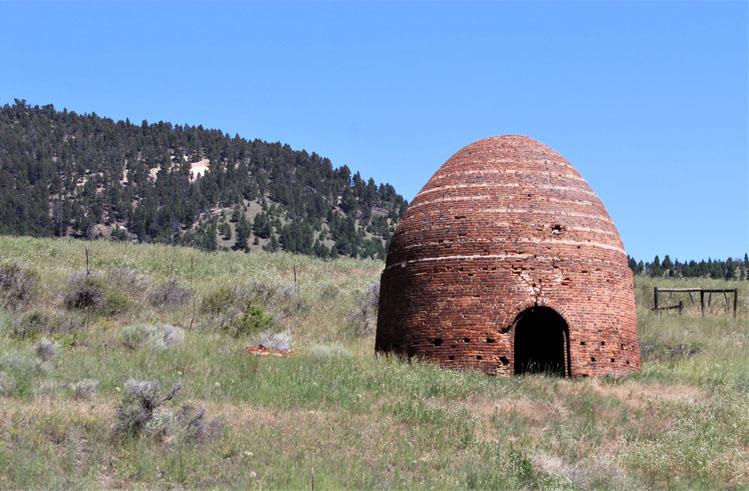
This tale continues for 2,000 teary words, but although many such abuses occurred in mining towns throughout the nation, the conclusion doesn’t ring true. After the husband and wife groveled before the manager, they were forgiven, she wrote. “To be sure, my husband’s wages were put down to $2.50 [per day], with 13 hours night shift and 11 day shift… I shudder at the thought of going to any but the company’s store now, and I care not what they charge…”
Here, it should be noted that the Butte Miner was owned by copper king, William Clark. A rebuttal appeared in the Anaconda Standard, which was owned by copper king Marcus Daly. If the alleged writer was as broken down as story contended, she would not have dared—even anonymously—to have the tale published. Knowing the rivalry of the two men, it is not a stretch to imagine that the stories were planted to discredit each other.
There is no question that abuses existed, however. In the United States, it remained legal to pay wages in scrip until 1938.
These days, some companies recompense employees with the volatile “bitcoin.” That might be like playing the lottery with your paycheck, and under the Fair Labor Standards Act, employers must pay employees in “Cash or negotiable instruments payable at par.” There’s always a gimmick.
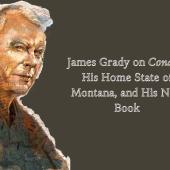
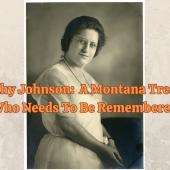


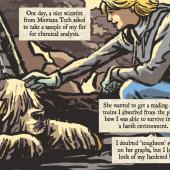
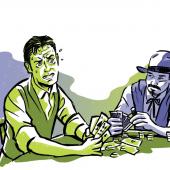





Leave a Comment Here